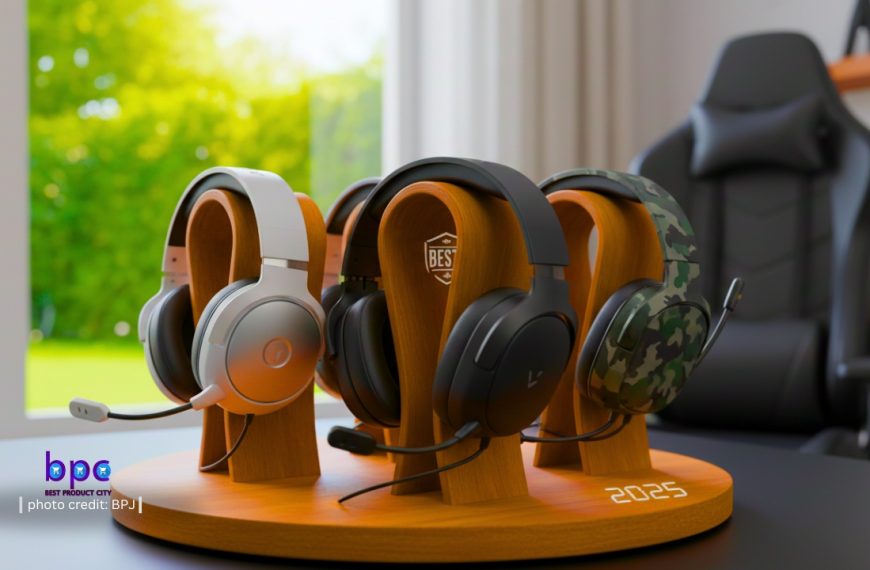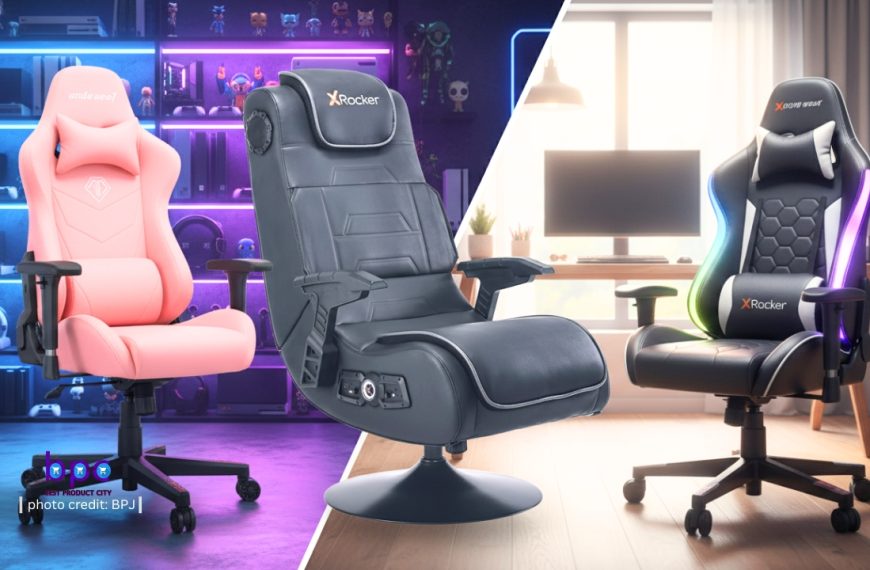You NEED to See These 10 Electric Bikes
Electric bikes, or e-bikes, are changing the way people get around and have fun. They combine classic cycling with a motor assist, making it easier to go farther, faster, and conquer hills with less effort. With so many different models and features, choosing the right e-bike can be tough. This guide will walk you through the key things you need to know before you buy.
This curated list of the top 10 electric bikes provides a comprehensive analysis of what makes each model stand out, who it’s designed for, and how it pushes the boundaries of current technology. Get ready to explore the perfect blend of power, range, and smart features that will define the future of riding.
The Ultimate Guide to Buying an Electric Bike
- Figure Out Your Riding Style
The first step is to decide how you’ll use your e-bike. This will help you narrow down the best type of bike for your needs.
Commuter/Urban E-Bikes: Perfect for daily city rides. They usually have a comfortable, upright position and come with essential features like lights, fenders, and cargo racks.
Mountain E-Bikes (e-MTBs): Designed for off-road trails. These bikes have sturdy frames, suspension systems, and knobby tires to handle rough terrain.
Road E-Bikes: Lightweight and built for speed and efficiency on paved roads.
Folding E-Bikes: Great for people with limited storage space or those who need to take their bike on public transport.
Cargo E-Bikes: Made to carry heavy loads like groceries or children. They often have powerful motors and large racks.
- Understand E-Bike Classes and Rules
E-bike classifications are important because they determine where you can legally ride. It’s a good idea to check your local rules, as they can vary.
Class 1: Pedal-assist only. The motor helps you pedal up to a top speed of 20 mph and stops assisting once you stop pedaling.
Class 2: Pedal-assist and throttle. These bikes have a pedal-assist mode and a throttle that can propel the bike up to 20 mph without you having to pedal at all.
Class 3: Pedal-assist only. The motor assists up to a higher top speed of 28 mph. These are a great choice for commuters who need to keep up with traffic.
- Motor and Battery Essentials
The motor and battery are the most important parts of an e-bike, and their specs have a big impact on performance.
Motor Type & Location
Mid-Drive Motor: Positioned at the bike’s crankset, a mid-drive motor offers great weight distribution and a natural, balanced feel. It’s highly efficient for climbing hills and is often found on more expensive bikes.
Hub Motor: Located in the hub of the front or rear wheel, these motors are generally more affordable and work well on flat terrain.
Battery Capacity
Battery capacity is measured in watt-hours (Wh). A higher Wh rating means a longer range. Think about how far you typically ride. A bike with a 500Wh battery might give you a range of 25 to 70 miles, depending on the terrain, assist level, and rider’s weight.
Most e-bikes use lithium-ion (Li-ion) batteries, which are lightweight and usually take about 3 to 6 hours to fully charge.
- Key Components and Features
Beyond the core electric parts, you’ll want to consider the quality of the bike’s other components.
Brakes: Hydraulic disc brakes offer better stopping power, which is especially important for heavier, faster e-bikes.
Tires: The type and width of your tires should match your riding style. Narrow tires are best for city roads, while wider, knobby tires are better for off-road or unpaved paths. Fat tires are ideal for sand, snow, or mud.
Suspension: A suspension fork can absorb bumps and vibrations, making for a smoother ride on uneven roads or trails.
Frame Material: Aluminum is a common choice for its balance of light weight and durability. Carbon fiber frames are even lighter but cost more.
Added Features: Many e-bikes come with integrated features like lights, fenders, rear racks, and even USB charging ports or smartphone connectivity.
- Find the Perfect Fit
The best e-bike for you is one that fits you well.
Frame Size: Make sure the bike’s frame size is right for your height.
Geometry: The bike’s geometry determines your riding position—upright for comfort or more aggressive for speed.
Test Ride: Always try to test ride a few different models. Pay attention to how the bike handles, the feel of the motor, and how comfortable you feel overall.
Frequently Asked Questions
Q: How do e-bikes work?
A: E-bikes have a motor and a battery that assist your pedaling. Most use a “pedal-assist” system that senses when you’re pedaling and adds power. Some also have a throttle that lets you ride without pedaling at all.
Q: How fast do e-bikes go?
A: Top speed is limited by the bike’s class. Class 1 and 2 e-bikes assist up to 20 mph, while Class 3 bikes can assist up to 28 mph.
Q: Do I still have to pedal?
A: In most cases, yes. The motor on a pedal-assist e-bike only activates when you’re pedaling. You can still ride it like a regular bike with the power off, but it will be heavier. Class 2 e-bikes with a throttle allow you to ride without pedaling.
Q: How far can an e-bike go on a single charge?
A: The range varies greatly depending on the battery capacity, terrain, rider weight, and how much motor assistance you use. A typical e-bike can go anywhere from 20 to 80 miles or more.
Q: Are e-bikes heavy?
A: Yes, they’re heavier than traditional bikes because of the motor and battery. Most weigh between 45 and 60 pounds, though some lighter models are available.
Q: Can I still get a workout on an e-bike?
A: Absolutely! You control the level of motor assistance. By using a lower assist level, you can get a great workout. Many people find they ride more often and for longer distances on an e-bike, which leads to better fitness.








